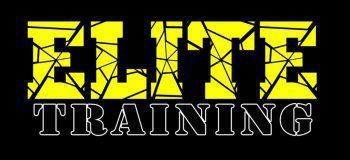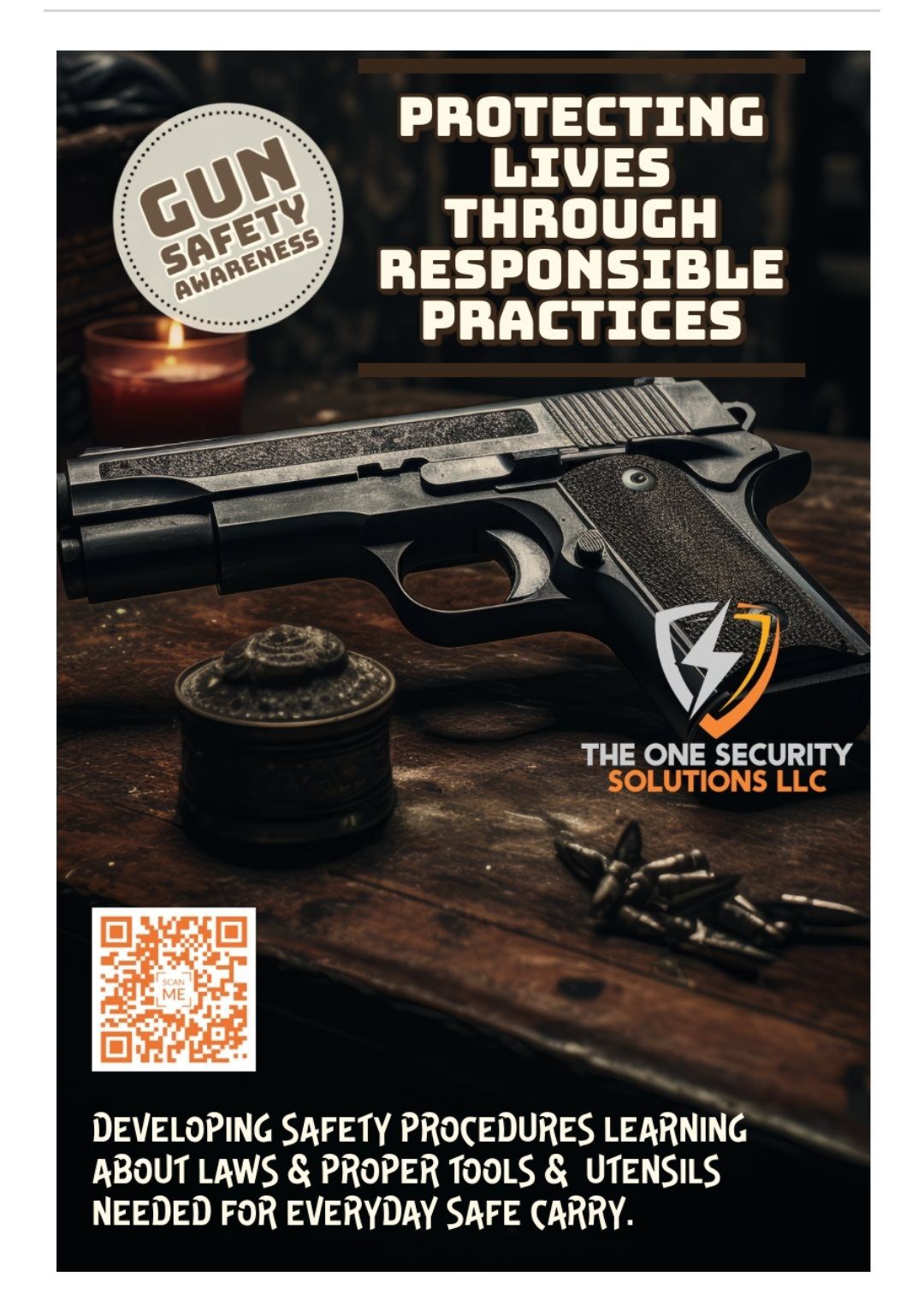By Tony
A physical security information system brought together a variety of local and regional agencies.
When a city has a special event that draws a significant crowd, what can the city do to ensure the safety and security of not only the dignitaries but the public as a whole, especially when it comes to transportation?
Simple problems like moving large crowds to and from venues quickly and safely, protecting dignitaries as they travel around the city, assuring standard services continue to operate (including fire, trash collection, police response, etc.) are coupled with increased concern for terrorist attacks or weather related problems. In any scenario, the smooth operation of the transportation system, and its coordination with other city agencies, becomes a primary planning focus.
With technologies such as video cameras, video analytics, and mobile technologies, coupled with existing CAD systems, road sensors, traffic control systems, and first responder systems, cities have an extended array of tools they can use to not only implement and monitor plans but also respond to changes or emergencies in real-time.
A number of cities have been working towards a solution that works across diverse agencies. During a recent visit from the Pope, one east coast city was able to take video from cameras belonging to multiple agencies and place the video on the displays in the mobile police units around the city. A similar scenario played out when a public entertainment event brought hundreds of thousands of people to an outside venue. Not only can the people and the dignitaries be monitored for safety but the transportation department can use the same assets to monitor traffic flow on the local highways. In the case of a recent visit from the President, not only can the systems monitor his caravan’s progress but also control and reroute traffic in the area.
Over the last couple of years, new technology called PSIM (Physical Security Information Management), which neutralizes the differences between systems, has been deployed in leading cities to allow for cross agency sharing of security assets and information. PSIM is designed and optimized to integrate and analyze information from traditional physical security devices and systems, and present the necessary data to automatically or manually resolve the situation in real time. The software provides all the necessary tools for situation management including data collection, verification, analysis, resolution, and tracking. During public events, cities can leverage PSIM software to view and manage live and recorded video, alarms and events and collaborate as well as coordinate communications to field personnel via hand-held mobile devices, squad car displays and city mobile centers.
A number of recent articles highlighted a PSIM system in New York City where the Joint Transportation Management Center pools information across NYS DOT, NYC DOT, NYC Police and the Office of Emergency Response.
That’s what Adam Levine of JTMC sees as the convergence of security systems and transportation management systems.
“JTMC is a shining example of inter-agency communication, collaboration and responsiveness. By aligning personnel, procedures and policies on top of a comprehensive technology platform that leverages both new and existing infrastructure assets, we’re able to get the most timely and important information in the hands of decision makers when they need it.
“With a common operating picture, we’re better equipped to achieve our objective of safely and efficiently moving people, goods, services and information throughout the city and state of New York – and physical security information management software is the glue that brings the entire technology infrastructure together.”
In this time of concern for both increased public safety but limited financial resources, these systems traditionally used for special events can be deployed across city and state agencies to pool the assets and skills of the different groups for more effective day-to-day operations. The results include not only lower equipment costs and lower operations costs but higher levels of response and increased security and safety. Who wouldn’t want that?









